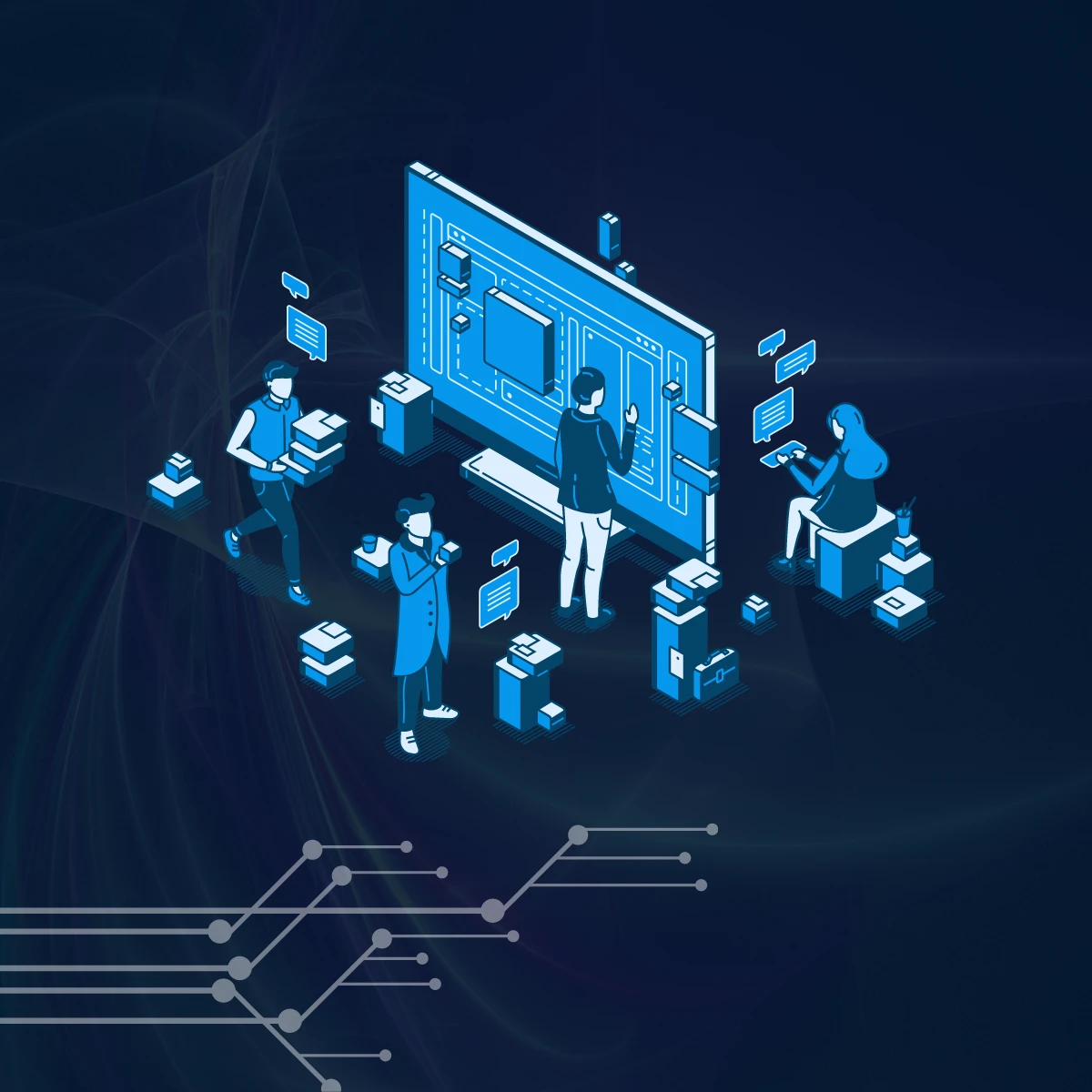Introduction
The rapid evolution of automation and no-code tools has revolutionized the way agencies operate. New tools and technologies emerge every day, promising to streamline processes, reduce costs, and increase efficiency. While these advancements are undeniably exciting, it’s crucial to assess whether your agency truly needs them.
The advancement in AI, automation and no-code have the potential to transform the way agencies operate, but it’s essential to evaluate whether they align with your organization’s specific needs and goals.
Analyze Manual Processes and Evaluate Existing Tools and Systems
Before considering automation, it’s vital to analyze your manual processes and evaluate your existing tools and systems. This involves identifying repetitive, time-consuming tasks for example data entry, report generation, and approval workflows. Additionally, assess the tools and systems currently used by your agency, such as CRMs, project management software, and communication platforms. Identify opportunities to integrate or even change these tools and automate data flow between them, reducing manual processes and ensuring consistency across systems.
Identify Processes for Automation
Once you have analyzed your manual processes and evaluated your existing tools and systems, identify the processes that are most suitable for automation. Consider factors such as potential time savings, error reduction, and impact on client satisfaction. Start with quick wins and low-hanging fruit, such as automating lead generation and generating standard reports, to demonstrate the benefits of automation and build momentum.
Methodologies for Assessing Processes and Systems
Several methodologies can be used to assess processes and systems and suggest where automations might be needed. These include:
- Process Automation Assessment: Conduct a detailed analysis of your organizational processes to identify those that are good candidates for automation. Evaluate process stability, application stability, input data structure, process variability, and level of digitization to determine the automation potential. Assess the ease of implementation by considering factors like process stability, applications used, and process length. Estimate the potential benefits in terms of cost savings and productivity improvements.
- Automation Readiness Assessment: Evaluate your organization’s readiness for automation by looking for signs like misaligned team actions, communication gaps, lack of standardized processes, and decision-making based on intuition alone. Identify the right processes to automate by choosing those with measurable benefits, rather than automating just because a process is repetitive.
Conclusion
While new technology is exciting, it’s essential to ensure that it improves your current processes. Automation and AI services are helping numerous agencies streamline their operations and increase efficiency. Don’t sleep on these advancements; instead, take the time to assess whether they align with your organization’s specific needs and goals.
At Yotor, we’re committed to helping you make informed decisions on automation and AI, ensuring that you reap the benefits of these technologies without disrupting your operations. We will work closely with you to identify the most suitable processes for automation and develop a tailored strategy to achieve your goals.

